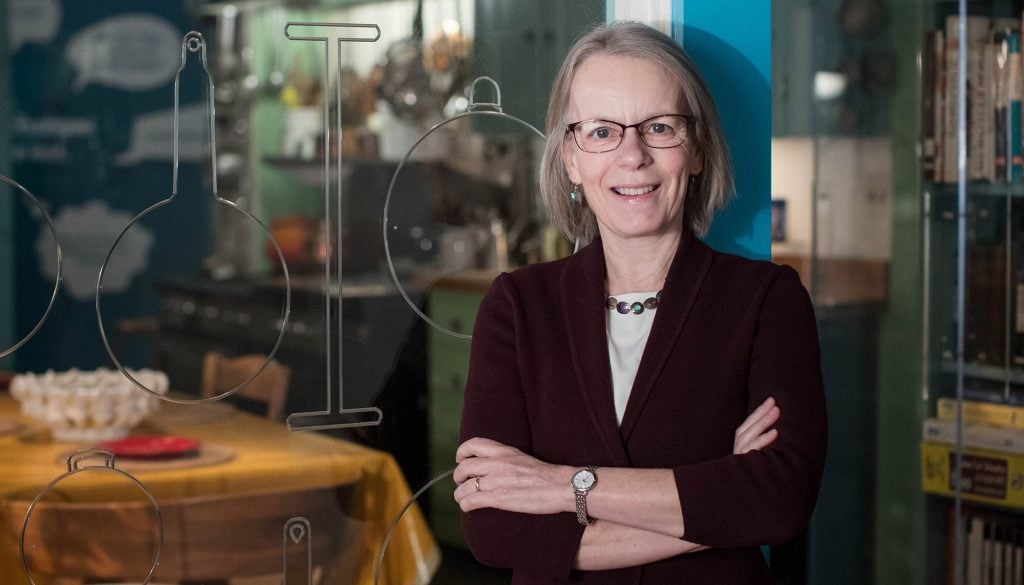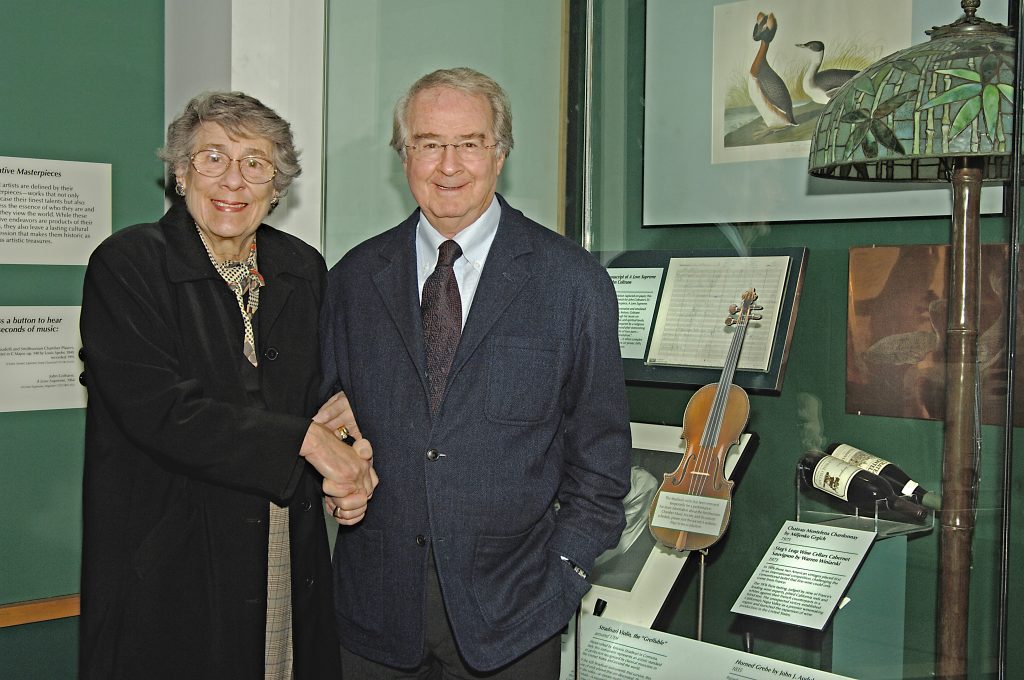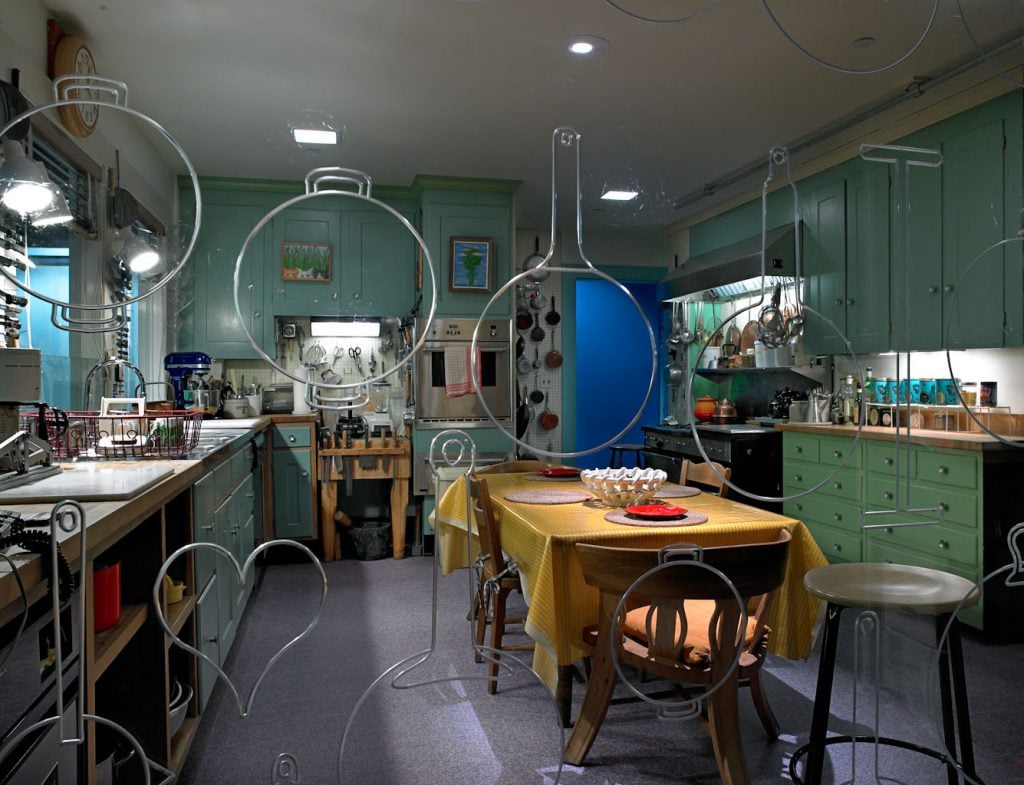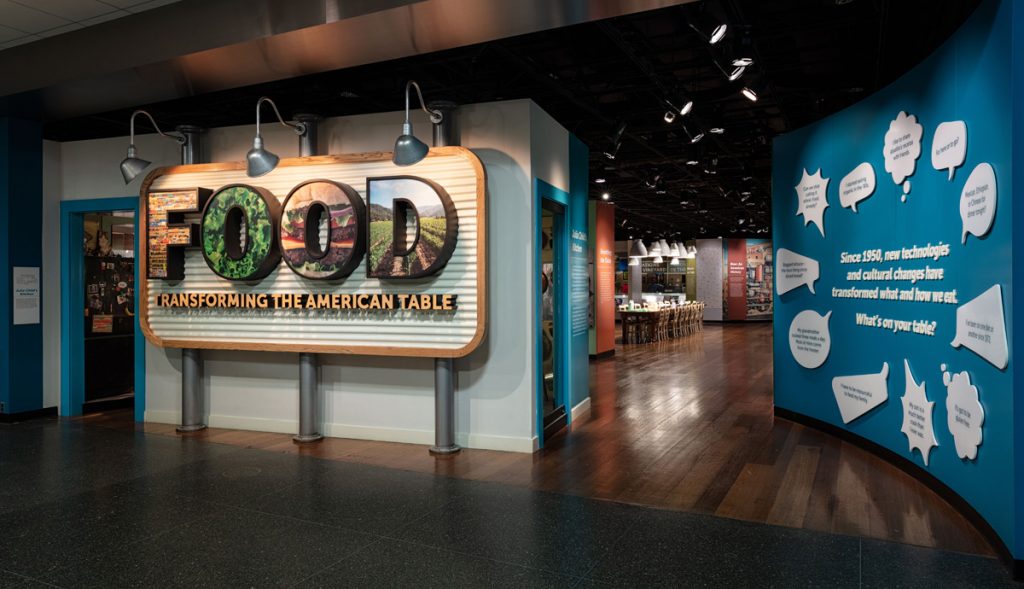Art World
A Napa Wine Family Has Given the Smithsonian’s American History Museum a $4 Million Gift to Hire a Food and Drink Curator
Warren and Barbara Winiarski have been donating to the museum since 1996.

Warren and Barbara Winiarski have been donating to the museum since 1996.

Sarah Cascone

The wine-making Winiarski family, who founded Napa Valley’s Stag Leap Wine Cellars, just gave the Smithsonian Institution’s National Museum of American History $4 million to fund a new position for a curator of food and wine history.
Warren and Barbara Winiarski have long been instrumental in supporting the museum’s work in food history. They made their first donation of $50,000 to the institution in 1996 to help launch an initiative on the history of American wine and wine making. That soon expanded to become the ongoing “American Food History Project.”
“Our hopes then focused on restoring wine to the pre-Prohibition esteem it had once enjoyed,” Warren Winiarski said in a statement. “Little did we envision the major, more encompassing, food history project that spark engendered.”
Initially, the couple only broadened the focus of their initial gift to include food in order to placate Congress, where some politicians sympathetic to the anti-alcohol movement might have opposed a government museum studying wine, Winiarski told the Washington Post.

Barbara and Warren Winiarski, founders of Stag’s Leap Wine Cellars, posing in front of a display of the 1976 Judgment of Paris winning wines in 2008. Photo by Richard Strauss, courtesy of the Smithsonian’s National Museum of American History.
It was a fortuitous decision. In the last two-and-a-half decades, the history museum has conducted 150 oral history interviews, staged six exhibitions, and acquired 2,000 objects, including the kitchen of cookbook author and public television legend Julia Child.
“We also have done things such as ‘Power Through Food,’ which is about women migrants who are also food entrepreneurs, and we have done a big program on food justice,” Paula Johnson, who has served as the museum’s curator of food history for the past 20 years, told Artnet News.
The galleries are home to a fully functional kitchen, which has hosted more than 100 “Cooking up History” demonstrations from guest chefs. It also houses 136 cubic feet of archives, including those of chefs Jacques Pepin, Danny Meyer, Susan Feniger, and Jose Andres.

Julia Child’s kitchen installed at the Smithsonian’s National Museum of American History. Photo by Hugh Talman, courtesy of the Smithsonian’s National Museum of American History.
“This bequest is really looking toward the future to endow a position in food history, ensuring the continuation of the project well into the future,” Johnson said. “I think that people are grasping the history behind food a lot more than they probably were 25 years ago.”
The museum is also home to the long-term exhibition “Food: Transforming the American Table,” which opened in 2011 and was most recently updated in late 2019 to add sections on the role of Mexican American migrants in the California wine industry and the history of brewing.
“It explores how new technologies and social and cultural shifts have transformed how and what we eat,” Johnson said. “The period after World War II brought us big changes in technologies, migrations of people, and concerns about diet and health—that whole realm of organic and natural food that came out of the Good Food movement in California in the 1970s.”

“Food: Transforming the American Table,” installation view. Photo courtesy of the Smithsonian’s National Museum of American History.
The research conducted by the food history project can also help us better understand current events.
“What we have seen during the pandemic is that there are supply issues when you have a global system,” Johnson said. “You look to the post-war system and you see these concerns about feeding people after the deprivations of the Great Depression and the war.”
“Applying some of the technologies and innovations that were developed during and for World Wide II really helped create this food system that has centralized production and industrial scale production—which is very fragile when something like this pandemic happens,” she added. “There are so many ways in which the pandemic revealed issues of hunger, issues of equity, issues of supply.”
The new curator will work to implement the museum’s diversity and inclusion plan. “They will really be looking very carefully at the many voices behind the production distribution and consumption of food,” Johnson said.